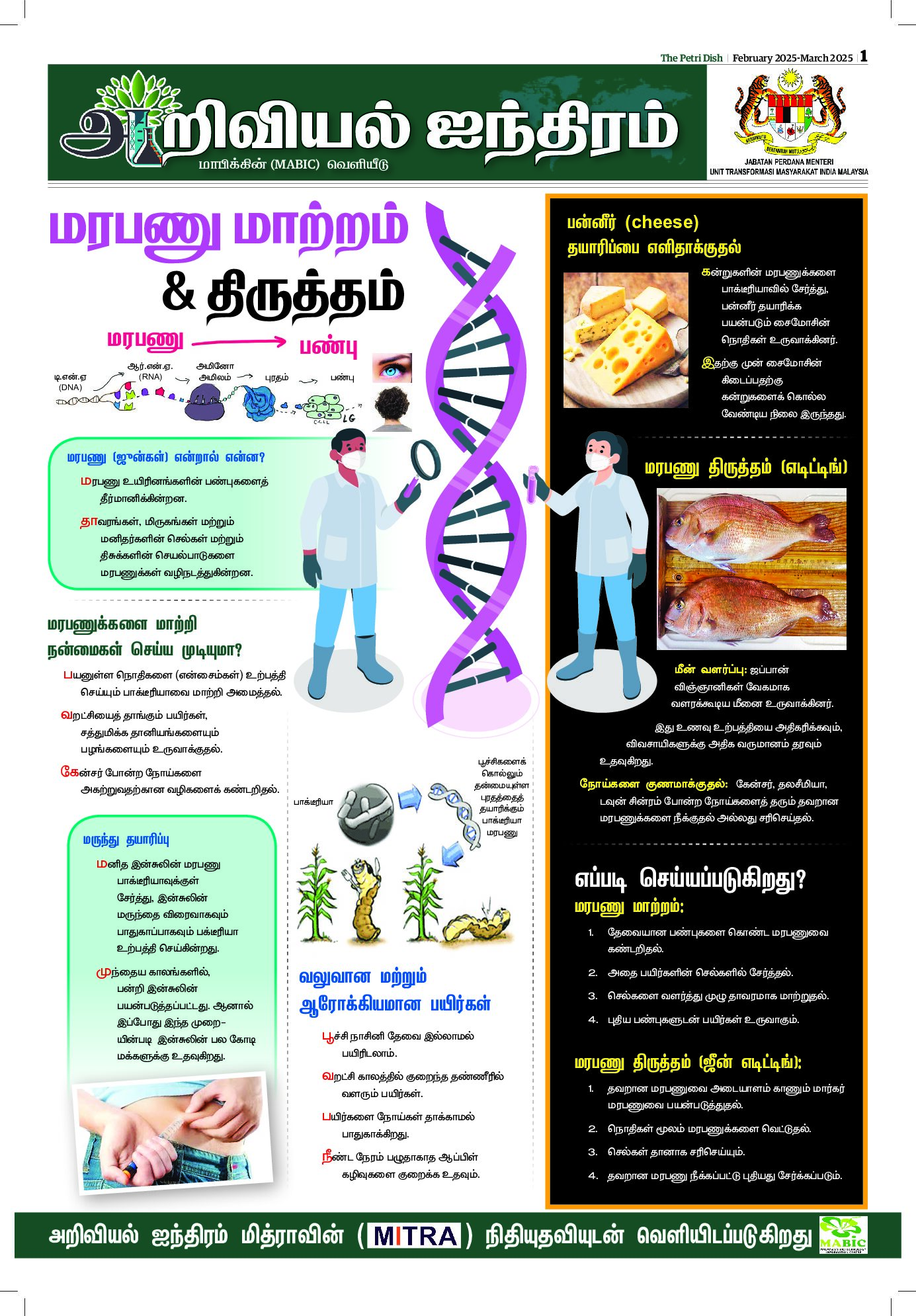LATEST research has found that several common flower species have nanoscale ridges on the surface of their petals that meddle with light when viewed from certain angles.
These nanostructures scatter light particles in the blue to ultraviolet colour spectrum, generating a subtle effect that scientists have christened the ‘blue halo’.
By manufacturing artificial surfaces that replicated ‘blue halos’, scientists were able to test the effect on pollinators, in this case foraging bumblebees. They found that bees can see the blue halo, and use it as a signal to locate flowers more efficiently.
While the ridges and grooves on a petal surface line up next to each other “like a packet of dry spaghetti”, when analysing different flower species the researchers discovered these striations vary greatly in height, width and spacing – yet all produce a similar ‘blue halo’ effect.
In fact, even on a single petal, these light-manipulating structures were found to be surprisingly irregular. This is a phenomenon physicist describe as ‘disorder’.
The researchers conclude that these “messy” petal nanostructures likely evolved independently many times across flowering plant species, but reached the same luminous outcome that increases visibility to pollinators – an example of what’s known as ‘convergent evolution’.
The study was conducted by a multidisciplinary team of scientists from the University of Cambridge’s departments of plant sciences, chemistry and physics along with colleagues from the Royal Botanic Gardens Kew and the Adolphe Merkle Institute in Switzerland.
The findings are published today in the journal Nature.
“We had always assumed that the disorder we saw in our petal surfaces was just an accidental by-product of life – that flowers couldn’t do any better,” said senior author Prof Beverley Glover, plant scientist and director of Cambridge’s Botanic Garden.
“It came as a real surprise to discover that the disorder itself is what generates the important optical signal that allows bees to find the flowers more effectively.”













